imaging
Latest
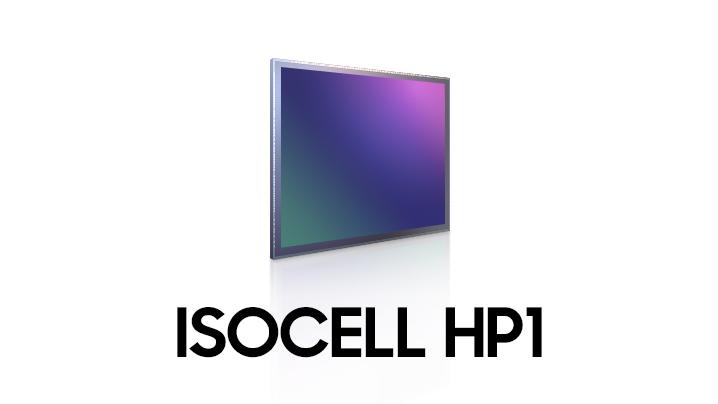
Samsung has made a 200-megapixel smartphone sensor
It promises amazing clarity, detail and low-light performance.
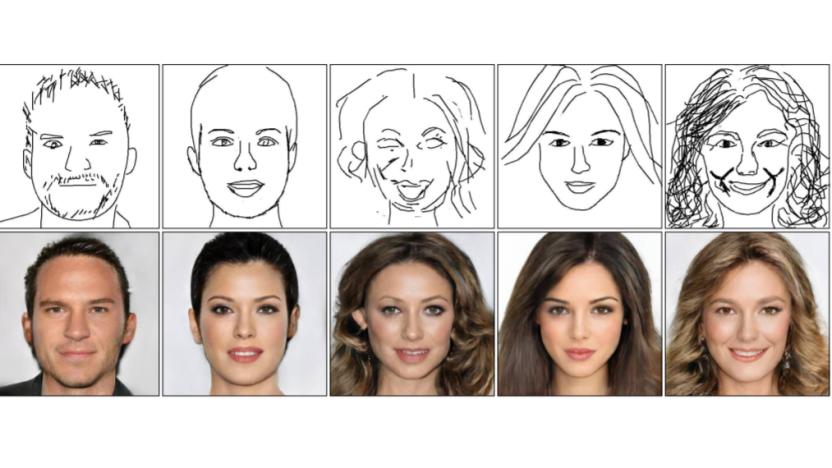
'DeepFaceDrawing' AI can turn simple sketches into detailed photo portraits
An AI can generate photos of people's faces using simple line drawings.

SpaceX's next Starlink launch will help improve satellite imagery of the Earth
Planet's satellite imaging network is getting clearer and more agile thanks to SpaceX's satellite rideshare program.

MIT’s algorithm could improve imaging techniques used during pregnancy
The placenta plays a critical role in pregnancy: connecting the fetus to the maternal blood system. But assessing placental health is difficult because modern imaging techniques provide limited information. Researchers from MIT's Computer Science and Artificial Intelligence Lab (CSAIL) think they might be able to change that using a volumetric mesh-based algorithm.

AI reveals hidden objects in the dark
You might not see most objects in near-total darkness, but AI can. MIT scientists have developed a technique that uses a deep neural network to spot objects in extremely low light. The team trained the network to look for transparent patterns in dark images by feeding it 10,000 purposefully dark, grainy and out-of-focus pictures as well as the patterns those pictures are supposed to represent. The strategy not only gave the neural network an idea of what to expect, but highlighted hidden transparent objects by producing ripples in what little light was present.

The rise, fall and return of the smartphone megapixel race
Sony recently unveiled a smartphone camera sensor with the highest resolution yet, a jaw-dropping 48 megapixels. That's more than the resolution of its $3,000, 42.4-megapixel A7R III mirrorless camera, which has a sensor eight times larger. It sounds great, but you might have forgotten that Nokia's 808 PureView smartphone, with a 41-megapixel camera, was released way, way back in 2012. Why didn't modern smartphone cameras follow Nokia's lead? As Apple has demonstrated over the years, from the iPhone 4s and forward, you get more benefits with other features, like dual cameras and sensors with bigger, more light-sensitive pixels. Those deliver better low-light shooting, more bokeh, faster speeds, zoom capabilities and improved video. However, Sony now believes you can have all that and high resolutions, too. Its Quad Bayer tech, reportedly used in Huawei's P20 Pro camera, might help big-number megapixels make a comeback -- and this time, they'll be far more useful.

Samsung's ISOCELL Plus camera sensor upgrades low light performance
While Samsung may be playing catch up in some fields, it continues to charge ahead with its smartphone camera tech. Today it's unveiled its new ISOCELL Plus technology, which means sharper and more accurate photos even in challenging light environments.
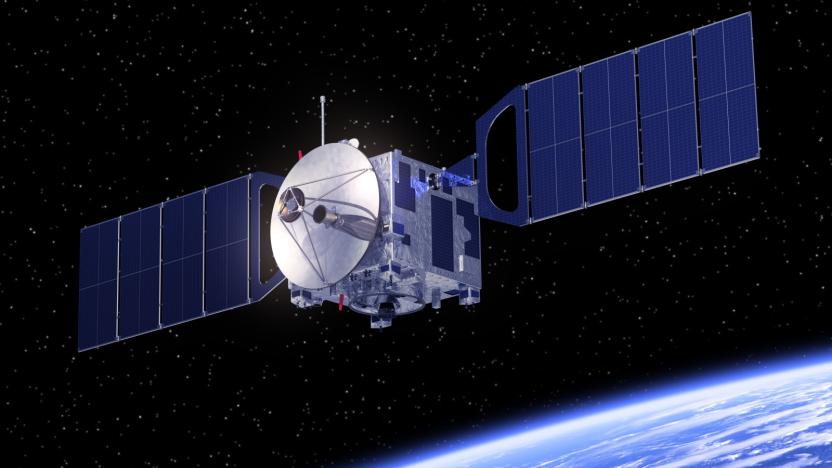
Bill Gates, SoftBank and Airbus back plan to livestream the Earth
Exploring the planet from the comfort of your own home is nothing new -- Google Earth has largely cornered the market on that. But what if, instead of looking at static pictures of your own house, you could explore views of the entire planet, in real time? It sounds ambitious, but that's exactly what space imaging startup EarthNow aims to achieve.

Researchers use electric currents to detect cancer in human tissue
In a study published recently in Angewandte Chemie, researchers demonstrated that an imaging technique called scanning electrochemical microscopy could become a very useful medical tool. Rather than having to use additional chemicals like dyes or fluorescent markers to get a good look at tissue, this method uses electrochemical probes to detect natural biomolecules around the tissue.
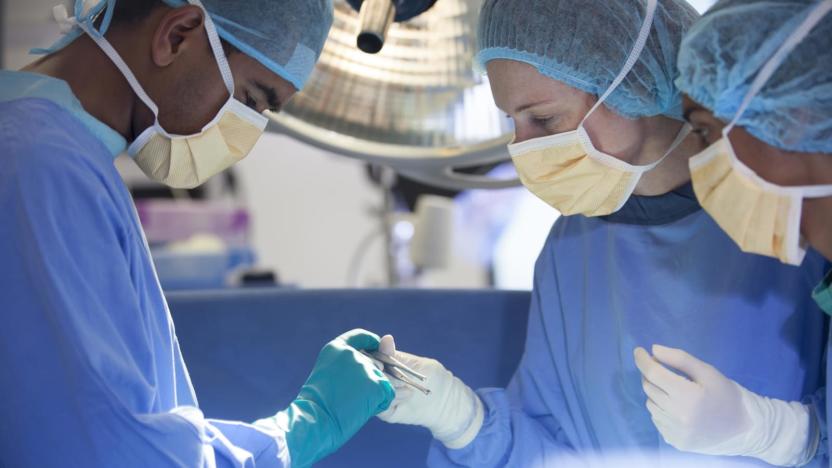
Researchers create ultrasound needle for internal surgical images
Minimally invasive surgeries are appealing because they typically mean less scar tissue, shorter recovery times and a lower risk of infection. But they have their downsides as well. Getting a good look at the tissue being targeted during a minimally invasive surgery can be quite difficult, and often surgeons are limited to using external ultrasound probes and imaging scans taken prior to surgery. But new research published today in Light: Science & Applications presents a potential new option -- an optical ultrasound needle.

Samsung’s latest imaging sensors may rid smartphones of camera bumps
As Apple, Samsung and (perhaps, surprisingly) Google battle to claim the top spot in smartphone imaging, we've been left with lenses jutting out of the device, or in the case of the Note 8, a thicker phone. The iPhone 8 and Pixel 2 may be the latest offenders, but Samsung thinks its latest imaging sensor can keep things slim with its duo of new ISOCELL sensors: two different components with different selling points.

New camera tech could help self-driving cars see around corners
Self-driving cars can detect much of the world around them, but they're inherently limited by their reliance on line-of-sight vision. They're not so good at spotting the visual cues that a car is just around the corner -- you might spot the encroaching headlight beams, but a car might not. MIT's CSAIL team may have a solution, though. They've developed camera technology that uses subtle changes in lighting on the floor to determine what's around a corner. As objects reflect a small amount of light around walls, creating a "shadow," you can piece together images of objects around the corner by capturing video of the floor and tracking the shifting colors.

Extremely detailed images of living cells can now be taken over time
Advanced microscope technology now lets us view objects at the nanoscale, meaning, when it comes to biology, we can see details of living cells that were never possible before. But doing that comes with a few requirements that have been fairly limiting. For instance, you have to be able to pack a lot of fluorescent dye into the object you want to see and you need that dye to be really stable. Typically, those sorts of dyes grab onto proteins in the object, but proteins are often not distributed densely enough, limiting how much dye can be introduced. Also, these fluorescent dyes tend to bleach out really quickly, only giving researchers a few seconds of imaging time.

3D imaging helps map tiny connections in the brain
Mapping brain connections is tricky -- chemicals can destroy the very structures you're trying to map, and an electron microscope can only tell you so much. MIT researchers aren't daunted, however. They've developed a new 3D imaging technique that lets you map the brain at multiple scales, including at resolutions that aren't practical with light-based microscopes. The new approach expands on a conventional chemical-based method of preserving brain tissue samples. If you flood the tissue with acrylamide polymers, you form a super-dense gel that lets you expand the sample up to 5 times its original size without hurting its structure, making it easier to study minute details. Numerous microscopes can study neural structures like synapses at resolutions as fine as 60 nanometers, which beats the 200nm you might get through conventional light microscopes.

DJI and Hasselblad team up for a souped up photography drone
Back in 2015, DJI invested in a minority stake in the Swedish firm Hasselblad, which has resulted in the companies teaming up for a powerful new photography drone. The partnership has spawned the A5D-M600 bundle, featuring the best of what both companies have to offer.

National Geographic won't 'cheat' with digital photos
There's been a backlash against digitally manipulated photos in the media, and frequently for good reasons: heavily edited shots set unrealistic expectations at best, and are outright misleading at worst. And National Geographic is no exception to this truth-in-pictures trend, apparently. The magazine has published a piece both promising "honest" shots and explaining how it screens for Photoshop trickery. It insists that photographers (both pros and Your Shot amateurs) hand over RAW files when possible, and will question anyone who doesn't have those files on hand. This isn't just a theoretical exercise, either -- Nat Geo says there have been times when it rejected images.

Tiny 'metalens' could bring SLR camera quality to your phone
Your smartphone's camera quality is limited for a number of reasons (sensor size, for example), but one of the biggest factors is optics: you need a lot of glass to deliver the pin-sharp photos of a DSLR or mirrorless camera. That's where Harvard researchers might help. They've developed a "metalens" that substitutes the usual glass with quartz plates full of microscopic titanium oxide structures, whose patterns guide light toward the camera sensor. The technology not only leads to a much smaller lens (it's just 0.08 inches across in testing), but focus that beats even the better lenses you find in stores -- it can resolve details 400 nanometers wide, or smaller than a wavelength of light.

Google explains why some Nexus 5X pictures are upside down
If you recently splashed out on a brand spanking new Nexus 5X, you might be wondering why some of the images you take aren't the right way up. It turns out that it's a quirk of how the device was manufactured, thanks to a little insight from Google's Eino-Ville Talvala. After users began to complain about the issue on Reddit, the engineer popped up to explain where the problem comes from, and how to fix it.
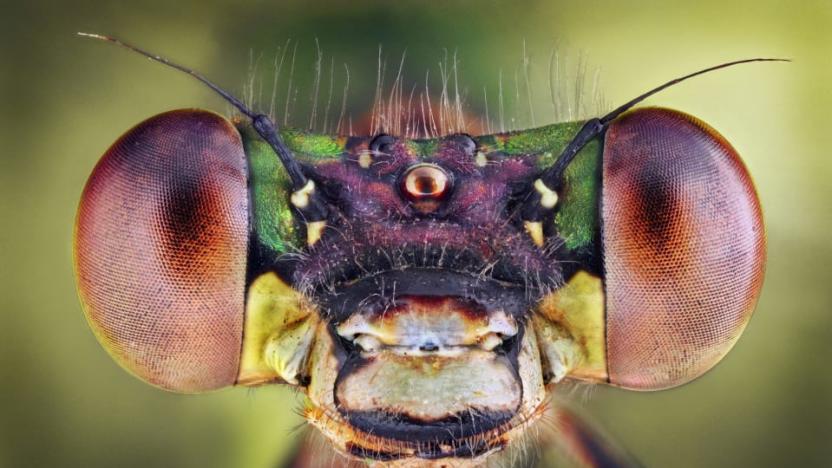
Researchers develop multifaceted insect eyes for UAVs
A team of researchers from the Laboratory of Intelligent Systems at the Swiss Federal Institute of Technology (EPFL) have developed a tiny new set of electronic eyes for drones that are based on the multifaceted peepers of insects. These eyes are built specifically for the next generation of very small surveillance UAVs -- like that origami quadcopter EPFL developed earlier this year -- and operate very differently than the conventional cameras currently employed. Insect eyes aren't capable of generating a high spatial resolution (that is, the number of pixels you can pack into a single image) so they instead rely on quickly reacting to changes in how light reflects or objects appear as the insect moves. The new camera works the same way.

Watch the first full-color HD videos of Earth from space
It's no longer a challenge to get astonishingly sharp photos of the Earth from space, but video? That's another matter. UrtheCast is about to open the floodgates, however. It just released the first batch of full-color, high-definition video of Earth recorded from the International Space Station. In many ways, the extremely sharp footage (with detail down to 3.3 feet) of Barcelona, Boston and London is like an internet mapping site come to life -- all those pathways are suddenly full of moving boats and cars. The Iris imaging system that recorded these movies won't be fully operational until the summer, but the preview suggests that its customers will get plenty of insights into traffic and other activity that's harder to track from the ground.








